- Utilize Sulphur to Disinfect Your Greenhouse
- Why Use Sulphur?
- How to Use Sulphur in Your Greenhouse
- Conclusion
- Effectively Eliminate Pest Eggs
- 1. Understand the Life Cycle of Pests
- 2. Implement Sulphur-Based Treatment
- 3. Consider Using Sulphur Dust
- 4. Use Sulphur Sprays
- 5. Consider Sulphur-Based Insecticides
- 6. Follow Safety Precautions
- 7. Repeat Treatments as Needed
- 8. Combine with Other Pest Control Methods
- 9. Maintain a Healthy Environment
- Sulphur: The Key Ingredient
- Proper Application Techniques
- 1. Timing
- 2. Protective Clothing
- 3. Application Method
- 4. Safety Precautions
- 5. Post-Application
- Timing is Crucial
- 1. Life Cycle of Pests
- 2. Climate and Weather Conditions
- 3. Crop Growth Stage
- 4. Follow-up Treatments
- 5. Regular Monitoring
- Benefits of Sulphur Disinfection
- Environmentally Friendly Solution
- Long-term Pest Control
- 1. Regular application
- 2. Target hotspots
- 3. Maintain cleanliness
- 4. Monitor pest populations
- 5. Integrated Pest Management (IPM)
- 6. Seek professional advice
- “Question-Answer”
- Can I use sulphur to disinfect my greenhouse?
- Why is sulphur a good choice for disinfection?
- How does sulphur kill pest eggs?
- What pests can sulphur effectively eliminate?
- Is sulphur safe to use in a greenhouse?
- Are there any precautions I should take when using sulphur in my greenhouse?
- “Video” How To Get Rid Of Whiteflies From Your Garden | Organic Pest Control
Pests and insects can cause significant damage to your greenhouse and the plants within it. One of the most effective ways to tackle this problem is by utilizing sulphur as a natural disinfectant. Sulphur has long been used in agriculture as a pesticide and fungicide due to its powerful disinfecting properties.
When it comes to eradicating pest eggs, sulphur is a go-to solution. Pest eggs can often be difficult to detect and eliminate, leading to uncontrolled pest populations that can quickly destroy your crops. However, sulphur works by targeting and destroying these eggs, preventing new generations of pests from emerging.
Furthermore, sulphur has the added benefit of being a natural and eco-friendly option. It does not leave behind harmful residues or pose a threat to the environment or human health. This makes it an ideal choice for greenhouse owners who are looking for effective pest control methods that won’t harm their plants or themselves.
So, if you’re looking for a way to effectively disinfect your greenhouse and eradicate pest eggs once and for all, consider utilizing sulphur. Its powerful disinfecting properties, ability to target and destroy pest eggs, and eco-friendly nature make it an excellent choice for greenhouse owners. Say goodbye to pests and hello to healthy, thriving plants!
Utilize Sulphur to Disinfect Your Greenhouse
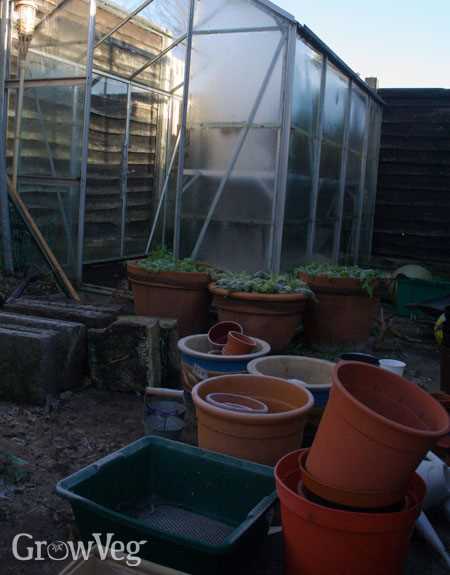
When it comes to keeping your greenhouse clean and free from pests, one of the most effective methods is to utilize sulphur as a disinfectant. Sulphur has been used for centuries due to its strong antifungal and antibacterial properties. By using sulphur, you can effectively kill off pest eggs and prevent the spread of diseases.
Why Use Sulphur?
Sulphur is a natural element that is found in abundance in our environment. It is commonly used in agriculture and gardening due to its ability to eradicate pests and prevent the growth of harmful fungi and bacteria. In a greenhouse setting, pests and diseases can easily spread and become a problem if not addressed. Sulphur can help eliminate this issue.
Benefits of using sulphur in your greenhouse:
- Pest Control: Sulphur is effective at killing off pest eggs, larvae, and adult insects. This can help prevent infestations and reduce the need for chemical pesticides.
- Disease Prevention: Sulphur has antifungal and antibacterial properties that can help prevent the growth of diseases in your greenhouse, such as powdery mildew and botrytis.
- Environmentally Friendly: Sulphur is a natural element and poses no harm to the environment. It decomposes quickly and does not leave behind any harmful residues.
- Cost-effective: Sulphur is an affordable option for greenhouse disinfection compared to other chemical treatments.
How to Use Sulphur in Your Greenhouse
Before using sulphur, it is important to take some safety precautions:
- Wear protective clothing, gloves, and a mask to avoid skin and respiratory irritation.
- Ensure proper ventilation in the greenhouse to prevent the buildup of sulphur gases.
- Keep sulphur products out of reach of children and pets.
Now, let’s look at how to effectively use sulphur in your greenhouse:
- Sulphur Burners: Sulphur burners, also known as sulphurators, are devices that produce sulphur dioxide gas by burning sulphur or sulphur-containing products. This gas acts as a fumigant and helps kill off pests and diseases. Follow the manufacturer’s instructions on how to use the sulphur burner safely and effectively.
- Dusting Sulphur: Dusting sulphur is a powdered form of sulphur that can be applied directly to plants or the soil. This method is most effective for preventing the growth of fungal diseases. Sprinkle the sulphur powder evenly on the plants or soil, making sure to cover all surfaces.
Conclusion
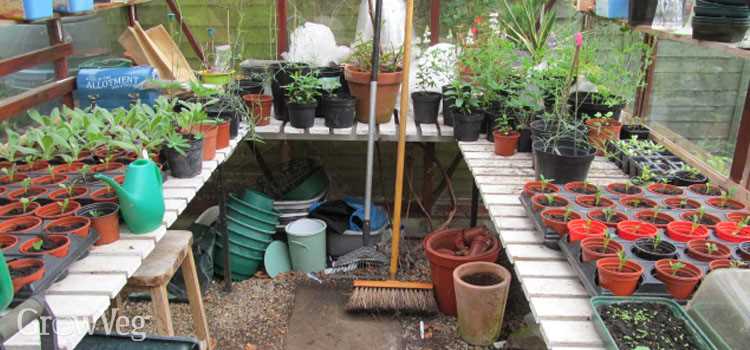
Using sulphur to disinfect your greenhouse is a natural and effective solution for controlling pests and preventing the spread of diseases. With its numerous benefits and cost-effectiveness, sulphur is an essential tool for greenhouse owners. Remember to take necessary safety precautions when using sulphur and follow the instructions provided by the product manufacturer.
Effectively Eliminate Pest Eggs
Pest eggs can be a major problem in a greenhouse, as they can quickly hatch and infest your plants. However, by utilizing sulphur, you can effectively eliminate pest eggs and prevent this infestation from occurring.
1. Understand the Life Cycle of Pests
Before you can effectively eliminate pest eggs, it’s important to understand their life cycle. Pest eggs are usually laid on the undersides of leaves or hidden in soil. Once hatched, the pests will feed on your plants and cause damage.
2. Implement Sulphur-Based Treatment
Sulphur-based treatments are an effective way to eliminate pest eggs. Sulphur is a natural fungicide and insecticide that can kill pests in all stages of their life cycle, including eggs. You can use sulphur in various forms, such as dust, liquid, or as a component of sprays.
3. Consider Using Sulphur Dust
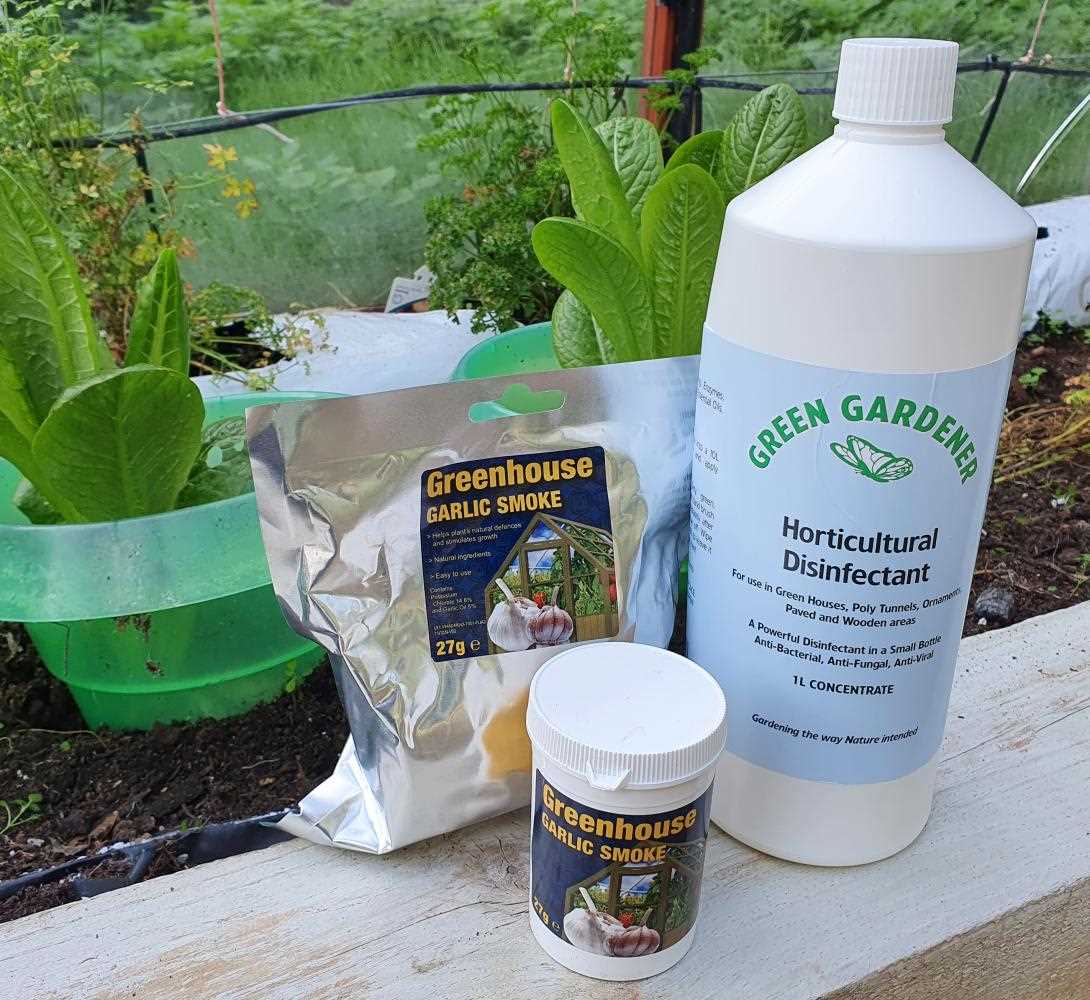
Sulphur dust is a commonly used method to eradicate pest eggs. It can be applied directly to the leaves and soil, targeting the areas where pests are most likely to lay their eggs. The dust works by suffocating and dehydrating the eggs, preventing them from hatching.
4. Use Sulphur Sprays
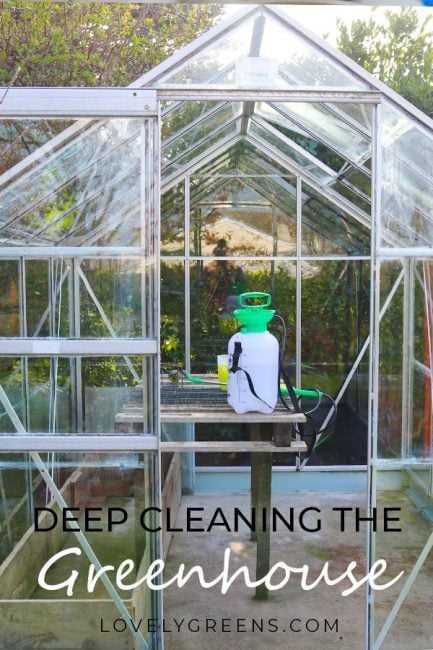
If you prefer a liquid application, sulphur sprays can be an effective option. Mix sulphur powder with water and apply it to the greenhouse surfaces, focusing on the areas where pests lay their eggs. The sulphur will disrupt the pests’ life cycle and prevent the eggs from hatching.
5. Consider Sulphur-Based Insecticides
In addition to dust and sprays, you can also find sulphur-based insecticides that are specifically designed to eliminate pests and their eggs. These insecticides commonly come in concentrated form and can be mixed with water or oil to create a spray or solution.
6. Follow Safety Precautions
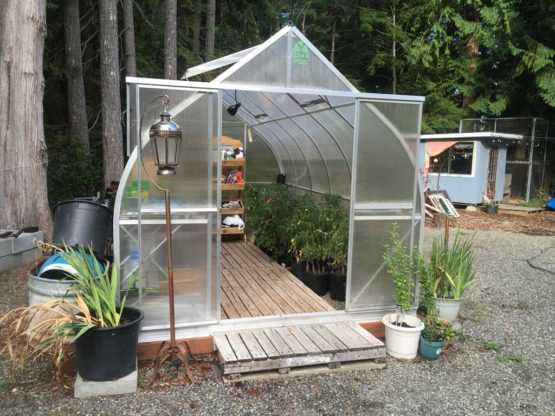
When using sulphur-based treatments, it’s important to follow the manufacturer’s instructions and wear appropriate safety gear, such as gloves and a mask. Sulphur can be harmful if inhaled or ingested, so it’s crucial to handle it with care.
7. Repeat Treatments as Needed
To effectively eliminate pest eggs, it may be necessary to repeat the sulphur-based treatments. Some pests lay eggs in cycles, so multiple treatments may be required to ensure all eggs are eradicated. Monitor your greenhouse regularly and reapply the treatments as needed.
8. Combine with Other Pest Control Methods
While sulphur is effective in eliminating pest eggs, it’s always beneficial to combine it with other pest control methods. This can include practices such as regular plant inspections, proper sanitation measures, and the use of biological controls, such as beneficial insects.
9. Maintain a Healthy Environment
In addition to controlling pests, maintaining a healthy environment in your greenhouse is essential for preventing infestations. This includes proper ventilation, adequate light, and regular plant care, such as watering and fertilizing. A healthy environment will make it less attractive for pests to lay their eggs in the first place.
By utilizing sulphur and following these effective methods, you can effectively eliminate pest eggs in your greenhouse and maintain a healthy pest-free environment for your plants.
Sulphur: The Key Ingredient
Sulphur is a vital ingredient in effectively disinfecting your greenhouse and eradicating pest eggs. It is a naturally occurring element that has been used for centuries for its powerful fungicidal and insecticidal properties.
Fungicidal properties:
- Sulphur is highly effective in controlling fungal diseases such as powdery mildew, black spot, and rust. It inhibits the growth of fungi and prevents their spread.
- It works by interfering with the metabolism of fungal cells, disrupting their biochemistry and ultimately killing them. This makes sulphur an excellent option for organic growers looking for natural fungicides.
Insecticidal properties:
- Sulphur is also effective in controlling insect pests such as spider mites, thrips, and aphids. It acts as a natural repellant and disrupts the feeding and reproduction of these pests.
- It damages the outer protective layer of the insects, leading to dehydration and death. Sulphur is considered a low-toxicity pesticide, making it a safer alternative to synthetic insecticides.
Application methods:
There are several methods to utilize sulphur in your greenhouse for effective disinfection:
- Dusting: Sulphur can be applied in powdered form using a duster or sprayer. Uniform coverage of all surfaces, including the underside of leaves, is essential for maximum effectiveness.
- Sulphur vaporizers: These devices generate sulphur vapors that fill the greenhouse and effectively kill pests and their eggs. This method is suitable for larger greenhouse structures.
- Sulphur burners: Burners release sulphur dioxide gas, which acts as a fungicide and insecticide. It is important to follow safety instructions when using sulphur burners to prevent damage to plants and humans.
Precautions:
- Sulphur should not be used in high concentrations or on sensitive plant varieties, as it can cause phytotoxicity.
- It is important to monitor the sulphur levels in your greenhouse and adjust the application rate accordingly to maintain a healthy environment for your plants.
- Always wear protective clothing, gloves, and face masks when handling and applying sulphur to avoid skin and respiratory irritations.
In conclusion, sulphur is a key ingredient in the effective disinfection of greenhouses and the eradication of pest eggs. Its fungicidal and insecticidal properties make it a valuable tool for organic growers seeking natural alternatives to control pests and diseases. By using sulphur and adopting appropriate application methods and precautions, you can create a healthier and safer environment for your greenhouse plants.
Proper Application Techniques
When it comes to utilizing sulphur for disinfecting your greenhouse and eradicating pest eggs, it’s important to use the proper application techniques. Here are some guidelines to follow:
1. Timing
Timing is crucial when applying sulphur. It’s best to apply it when the greenhouse is empty, either before planting or after harvest. This ensures that the sulphur can effectively reach all areas of the greenhouse and have maximum impact on the pest eggs.
2. Protective Clothing
Before applying sulphur, make sure to wear proper protective clothing. This includes gloves, long sleeves, pants, and goggles. Sulphur can cause skin and eye irritation, so it’s important to take precautions.
3. Application Method
There are several ways to apply sulphur in the greenhouse:
- Dusting: Dusting sulphur is a common method. Use a duster or sprayer to evenly distribute sulphur throughout the greenhouse. Make sure to cover all surfaces, including walls, benches, and the soil.
- Fumigation: Fumigating with sulphur can also be effective. Seal off the greenhouse and ignite sulphur pellets or rolls. The sulphur gas will fill the enclosed space and kill pest eggs.
- Spraying: Sulphur can be diluted in water and sprayed onto surfaces in the greenhouse. This method is especially effective for targeting specific areas or plants.
4. Safety Precautions
When applying sulphur, it’s important to take safety precautions:
- Make sure the greenhouse is well-ventilated to prevent excessive sulphur exposure.
- Avoid inhaling sulphur dust or gas by wearing a respirator.
- Keep sulphur away from open flames or other heat sources, as it is flammable.
- Follow the manufacturer’s instructions for proper handling and storage of sulphur.
5. Post-Application
After applying sulphur, it’s important to properly clean and sanitize the greenhouse. Remove any residue or debris and disinfect surfaces to prevent the spread of pests or diseases.
By following these proper application techniques, you can effectively utilize sulphur to disinfect your greenhouse and eradicate pest eggs once and for all!
Timing is Crucial
When it comes to utilizing sulphur to disinfect your greenhouse and eradicate pest eggs, timing is crucial for maximum effectiveness. It is important to know the right time to apply sulphur to achieve the best results.
Here are a few key factors to consider when determining the timing:
1. Life Cycle of Pests
Understanding the life cycle of the pests you are targeting is essential. Pests go through different stages of development, including egg, larva, pupa, and adult. Applying sulphur when the pests are in vulnerable stages, such as eggs, will help ensure their complete elimination.
2. Climate and Weather Conditions
The climate and weather conditions in your area can impact the effectiveness of sulphur treatment. Sulphur is most effective in warm and dry conditions. High humidity or rainy weather can reduce its efficacy. Therefore, it is important to choose a time when the weather is favorable for sulphur application.
3. Crop Growth Stage
The growth stage of your crops is another crucial factor. Certain crops may be more sensitive to sulphur, especially during certain growth stages. Be mindful of the crop’s sensitivity and adjust the timing accordingly. Consult the crop’s growth guide or seek advice from agricultural experts to determine the optimal timing.
4. Follow-up Treatments
If you have already applied other treatments or pesticides, consider the timing of these treatments as well. Some chemicals may react unfavorably with sulphur, affecting its effectiveness. Be sure to allow sufficient time between different treatments to ensure they do not interfere with each other.
5. Regular Monitoring
Regular monitoring of your greenhouse is essential, regardless of the timing of sulphur application. Keep an eye out for any signs of pest infestation or damage. This will help you identify the right time to apply sulphur and address any issues before they escalate.
By carefully considering these factors and selecting the right timing for sulphur application, you can effectively disinfect your greenhouse and eradicate pest eggs, ensuring a healthier and thriving environment for your crops.
Benefits of Sulphur Disinfection
- Effective Pest Control: Sulphur has long been used as a natural and effective way to control pests in greenhouses. By disinfecting your greenhouse with sulphur, you can eliminate pest eggs and reduce the risk of infestations.
- Safe and Natural: Sulphur is a natural element that is commonly found in the environment. It is non-toxic and safe to use in agricultural settings, making it an ideal choice for greenhouse disinfection.
- Environmentally Friendly: Sulphur disinfection is an environmentally friendly alternative to chemical-based pest control methods. It does not harm beneficial insects or pollute the soil, air, or water.
- Long-lasting Effects: Sulphur has residual effects that can last for several weeks after application. This helps to provide ongoing protection against pests and reduces the need for frequent treatments.
- Cost-effective: Sulphur is a cost-effective option for greenhouse disinfection. It is readily available and affordable, making it accessible to both small and large-scale growers.
- Easy to Apply: Sulphur can be applied in various forms, including dust, powder, or liquid. It can be easily distributed using sprayers or dusters, making the disinfection process quick and convenient.
- Compatible with Integrated Pest Management (IPM): Sulphur can be used as part of an integrated pest management approach, which combines cultural, biological, and chemical control methods. It can be incorporated into an IPM program to enhance pest control and reduce reliance on chemical pesticides.
Environmentally Friendly Solution
When it comes to disinfecting your greenhouse, it’s essential to choose a solution that not only effectively eliminates pests but also takes care of the environment. Utilizing sulphur is an environmentally friendly solution that offers an effective way to eradicate pest eggs with minimal harm to the ecosystem. Here are a few reasons why sulphur is a great choice for your greenhouse:
- Non-toxic: Sulphur is a natural element found abundantly in the earth’s crust and does not contain any harmful chemicals. This makes it a safe and non-toxic option for disinfecting your greenhouse.
- Biodegradable: Sulphur is readily biodegradable, meaning it can break down easily without causing harm to the environment. It decomposes naturally and does not leave behind any harmful residues.
- Low environmental impact: Sulphur does not contribute to air pollution or water contamination when used in proper doses. It has a low environmental impact compared to other chemical disinfectants.
- Effective against pests: Sulphur has long been used as a pesticide and fungicide due to its ability to control a wide range of pests and diseases in plants. It can effectively eradicate pest eggs, preventing future infestations.
- Cost-effective: Compared to other chemical disinfectants, sulphur is often more affordable and readily available. This makes it a cost-effective solution for greenhouse disinfection.
By choosing sulphur as your disinfectant of choice, you can ensure a safe and environmentally friendly solution for your greenhouse. It provides effective pest control while minimizing harm to the ecosystem, making it an ideal choice for any environmentally conscious gardener.
Long-term Pest Control
Utilizing sulphur as a disinfectant in your greenhouse is not only effective for eradicating pest eggs, but it can also provide long-term pest control. By incorporating sulphur into your regular greenhouse maintenance routine, you can keep pests at bay and ensure a healthy environment for your plants. Here are some strategies for long-term pest control using sulphur:
1. Regular application

Applying sulphur regularly is key to maintaining a pest-free greenhouse. This can be done by dusting sulphur powder onto the soil and plant surfaces or by using a sulphur-based spray. Aim to apply sulphur every two weeks or as needed, especially during warmer months when pest populations tend to increase.
2. Target hotspots
Identify and target pest hotspots in your greenhouse. These are areas where pests are more likely to gather or lay eggs. Examples include corners, crevices, and areas with high humidity. Apply sulphur more generously in these hotspots to ensure thorough disinfection and pest control.
3. Maintain cleanliness
Maintaining cleanliness in your greenhouse is essential for long-term pest control. Remove any dead plant material, fallen leaves, or plant debris as they can harbor pests and their eggs. Regularly clean and disinfect greenhouse surfaces, tools, and equipment to prevent the spread of pests.
4. Monitor pest populations

Regularly monitor pest populations in your greenhouse to catch any outbreaks early. Inspect plants for signs of pest damage, such as wilting, yellowing leaves, or chewed foliage. Use sticky traps or insect monitoring cards to capture and identify pests. If pest populations exceed a certain threshold, increase sulphur application as necessary.
5. Integrated Pest Management (IPM)
Implement an Integrated Pest Management (IPM) approach in your greenhouse. This involves using a combination of methods to control pests, including biological controls (e.g. beneficial insects), cultural controls (e.g. proper plant spacing), and chemical controls (e.g. sulphur). By integrating sulphur into your overall IPM strategy, you can effectively manage and prevent pest infestations in the long term.
6. Seek professional advice
If you are facing persistent pest issues in your greenhouse despite your efforts, consider seeking professional advice. Local agricultural extension offices or pest control companies can provide expert guidance and recommendations specific to your region and greenhouse setup.
By following these strategies, you can utilize sulphur as a long-term pest control solution in your greenhouse. Remember to always read and follow the instructions on sulphur product labels and take necessary precautions when handling and applying sulphur.
“Question-Answer”
Can I use sulphur to disinfect my greenhouse?
Yes, sulphur can be effectively used to disinfect your greenhouse.
Why is sulphur a good choice for disinfection?
Sulphur is a good choice for disinfection because it has antimicrobial and fungicidal properties that can kill pests and their eggs.
How does sulphur kill pest eggs?
Sulphur kills pest eggs by interfering with their respiratory system and inhibiting their growth.
What pests can sulphur effectively eliminate?
Sulphur can effectively eliminate pests like mites, aphids, thrips, and whiteflies.
Is sulphur safe to use in a greenhouse?
Yes, sulphur is safe to use in a greenhouse as long as it is used according to the recommended dosage and safety guidelines.
Are there any precautions I should take when using sulphur in my greenhouse?
Yes, it is important to wear protective clothing, gloves, and a mask when applying sulphur to avoid skin and respiratory irritation.







